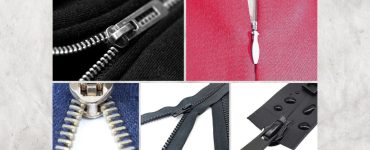A warm winter coat should be a priority during the cold winter months. One option is to choose between a duck or goose down insulation. Duck down insulation is less expensive and more durable than goose down, but also has disadvantages.
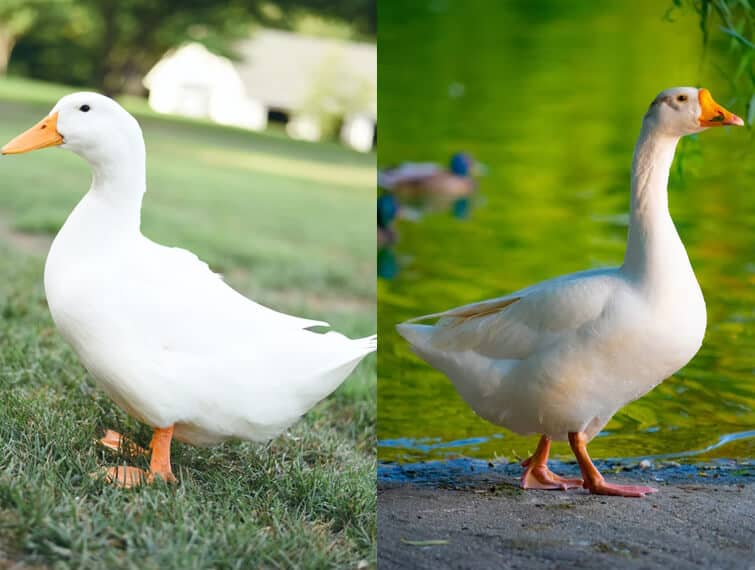
Goose down insulation is softer, warmer, lighter weight, and more compressible than duck down insulation. The warmth of different types of insulation can vary greatly due to the type of fiber used for insulation as well as how the fibers are arranged in the material.
What is Duck Down?
Duck down is a term to describe insulation material made from the feathers of ducks. It is often used in high end outdoor clothing to keep the wearer warm and insulated from the elements.
Duck down has been known to be a common ingredient in a jacket for a long time, but it has become more popular recently with the rise of “down” jackets.
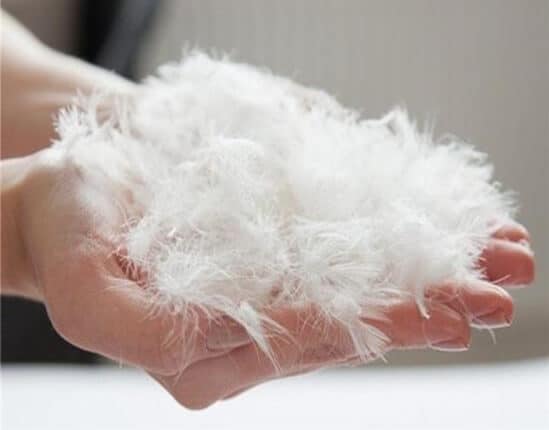
What is Goose Down?
Goose Down is a light-weight, soft, and fluffy material that is plucked from the underside of Goose. Goose Down is very warm because of its natural insulating properties. It’s also hypoallergenic, which makes it perfect for allergy sufferers or those who are sensitive to certain materials.
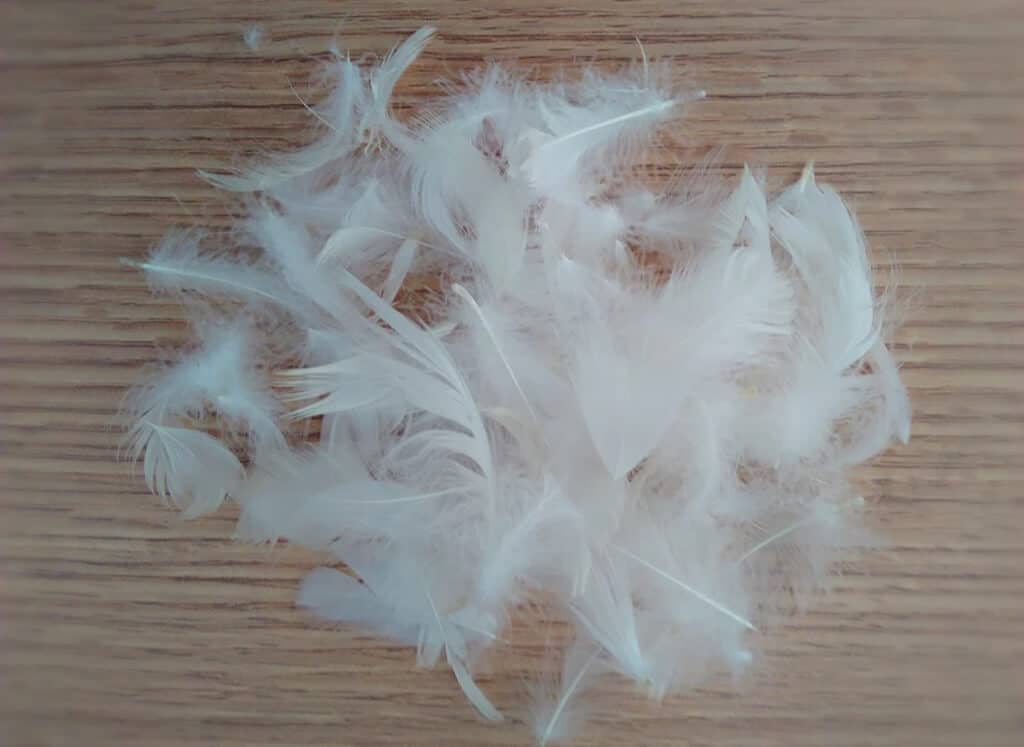
Difference Between Goose and Duck Down
Feathers
It can be difficult to tell a goose from a duck by sight, but the best way to tell the difference is to look at their feathers. Goose down is fluffy and gives off a feeling of warmth because of its insulation qualities. Duck down does not have this quality and is softer because it has less protection against cold weather.
Fun Outdoor Quiz
Price
The difference between Goose and Duck Down is largely cost. These two soft, fluffy materials are found on the birds’ under-feathers and they both offer insulation from cold weather.
Goose Down’s difference in price comes from its rarity, which means it has to be harvested more carefully. It also lasts longer because of this quality. Goose Down is commonly used to make winter jackets because of its warmth, but it’s less expensive than Duck Down products.
Density
Many people can’t tell the difference between a goose and a duck down. Perhaps you thought they were interchangeable, but it turns out there is a difference in density. A duck down has higher moisture content which provides insulation from heat loss and wind penetration. Goose down has a lower moisture content which means the feathers are lighter and more air fills up the spaces between them giving better insulation against cold.
Thermal Efficiency
How can you tell which of the two types of feathers is a better insulator? The answer, in a word, depends. It depends on the intended use for that insulation. For example, if you are looking for insulation from moisture or from wind then duck down will be your best bet. In terms of thermal efficiency, goose down may have an edge because it offers a higher R-Value per inch.
Durability
Goose down also has a longer lifespan than duck down before it begins to clump and become unusable, meaning that the jacket will last longer before needing to be replaced. However, goose down can cost more than duck down.
Smell
Goose down is a better choice for people who are concerned with the odor. Duck down has an unpleasant odor, which can be quite strong depending on the amount of moisture in the air. This can be problematic for people who have sensitivity to smells, are allergic to feathers, or have sensitivities to dust mites.
How to Clean Duck Down and Goose Down
A lot of people find that cleaning duck down can be a daunting task, but with the right supplies and techniques, it’s easy to do.
- Put your comforter or duvet in the washing machine
- Add two to three tablespoons of laundry detergent
- Set the washer to the delicate cycle
- Start a full cycle
- After cycle end, check for any remaining soap
- Gently remove from washing machine
- Place in the Dryer and start cycle
- After cycle end, continue by hanging outside for complete drying
Type of Ducks Used for Down
Down is usually harvested from ducks that are bred for their meat, down feathers, or both. The main species of ducks used for down are Muscovies, Cotton Pygmy Geese, Northern Pintails, Harlequins, and Eastern Scaup. Muscovies are typically used for meat due to their smaller size.
Type of Goose Used for Down
A Goose’s down is made up of thick, soft, and fluffy feathers that make an ideal insulation. The species of goose used for down is primarily the Eastern Gray Goose, due to its large quantity of down. Most Eastern Grays are found in Michigan, Minnesota, Wisconsin, Pennsylvania, New York, and Maine. Goose down protects against cold temperatures by retaining body heat within the feather-filled plume.
Alternatives to Duck and Goose Down
When it comes to filling your bed with warmth, nothing beats the feel of feathers. But if you can’t stand the idea of cruelty against animals, there are many alternatives. There are many synthetic material blends that act as good substitutes for duck or goose down. These materials are not harmful to animals and will provide the same amount of insulation.
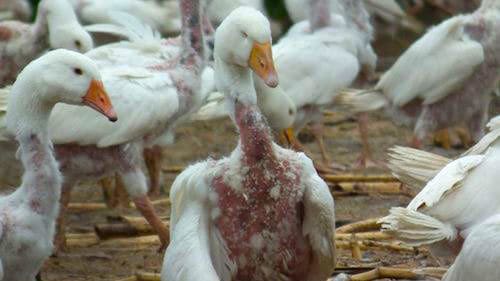
Cotton
Cotton is a common fiber used in many products. It’s also an excellent alternative to down feathers when it comes to staying warm. Cotton not only has the ability to retain heat, but has other qualities that make it incredibly durable and better than using feathers.
Foam
Foam has been an alternative to duck and goose down for decades, but because of its low thermal efficiency, it is not often used. Foam is usually made from polyurethane or natural latex. Polyurethane foam typically contains volatile organic compounds that are toxic to humans. Natural latex foam is less harmful to humans, but it still emits harmful substances like carcinogens and irritants.
Polyester
Down is an insulator with microscopic clusters of air that trap heat and keep the body warm. The downside to down is it doesn’t last long. After two years, most people’s body heat has compressed the small clusters of air and the insulation becomes ineffective. Polyester, on the other hand, stays strong for up to four years. Polyester fabrics are more durable than down but they don’t provide as much warmth as down does.
Silk
Silk, the fabric made from the silkworm, is lighter and warmer than wool and other woven fabrics. The material is breathable and does not retain heat like other materials do which keeps you cooler in the summer and warmer in the winter.
Conclusion
In conclusion, duck down is less expensive than goose down, but it does not offer the same level of warmth. For that reason, it may be best to go with natural goose down unless you are an animal lover and might want to look for other alternatives like cotton or polyester.








